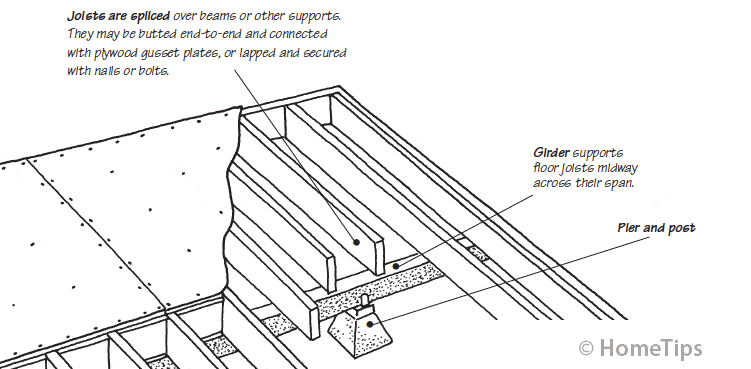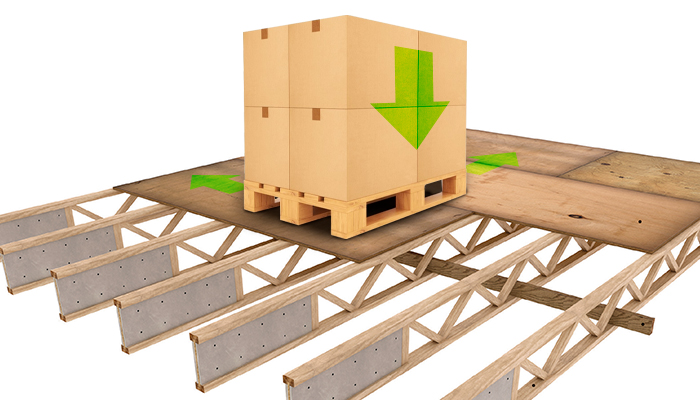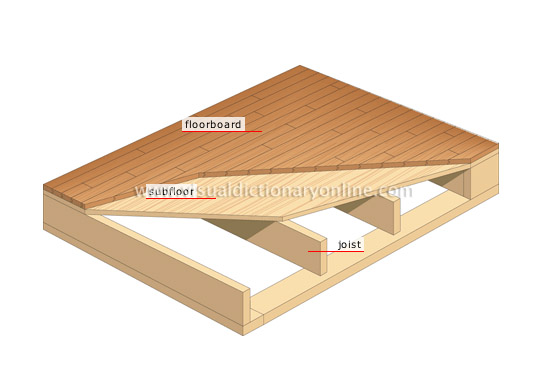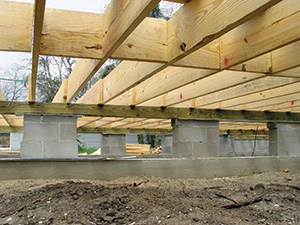Let’s talk about something often overlooked but forms the foundation of our living spaces – wood floor structure design. You see, when you step into a room, you’re not just stepping on planks of wood; you’re stepping on a carefully crafted masterpiece that holds the weight of your world. In this article, we’re diving deep into designing wood floor structures – from understanding the components to choosing the right materials and striking that perfect balance between functionality and style.
Understanding Wood Floor Structures
Before we get into the nitty-gritty, let’s grasp the basics. A wood floor isn’t just about the top layer you see; it’s a multi-layered system that supports your every move. Imagine the wood floor structure as a team of unsung heroes working together to keep you safe and comfortable. We’re talking about joists, trusses, I-joists – all the pieces that come together to create that sturdy surface beneath your feet.
Factors Influencing Wood Floor Structure Design
Designing a wood floor structure isn’t just about aesthetics; it’s a science. Imagine you’re building a bridge – you need to know how much weight it can handle, right? The same goes for your wood floor. Building codes and regulations play a big role in determining how much load your floor can bear. Span lengths and spacing matter, too – it’s like setting the stage for a grand performance. And the type of wood you choose? Well, that’s like picking the right actors for the show.
Choosing the Right Wood Flooring System
Now that you’ve got a handle on the basics let’s talk about options. It’s like choosing the theme for your play – joist, truss, or I-joist. Each has its strengths and quirks. Joists are like the classic actors – reliable and versatile. Trusses? They’re like the ensemble cast – working together to make magic happen. And I-joists? They’re the new kids on the block, bringing innovation and efficiency to the stage.
Designing for Load-Bearing Capacity
Let’s do some math, but don’t worry, it’s not rocket science! We’re talking about calculating live loads (like people and furniture) and dead loads (the structure’s weight). Think of it as balancing a plate of food – you don’t want it to tip over, right? Ensuring your wood floor can handle its weight is crucial for safety and longevity.
Incorporating Subflooring and Underlayment
Now that we’ve built the stage let’s prep it. Just like you need a solid base for a painting, you need a solid base for your wood floor. That’s where subflooring comes in. Think of it as the canvas that your wood floor sits on. And underlayment? It’s like the primer before you paint – it improves acoustics, keeps things cozy, and smooths out imperfections.

Enhancing Sound and Thermal Insulation
Ever walked into a room and heard every creak? Sound insulation matters, and your wood floor structure can play a part. You don’t want to be tiptoeing around your own home, right? And let’s not forget thermal insulation – keeping your toes warm is a must, especially in those chilly months. Your wood floor structure can help create a cozy environment that’s visually pleasing and comfortable to live in.
Balancing Flexibility and Rigidity
Here’s where the magic happens – striking that perfect balance between a bouncy floor and one as stiff as a board. You don’t want to feel like you’re walking on a trampoline or a floor that feels like concrete. It’s about finding that sweet spot where your wood floor gives a little underfoot but still feels solid.
Accommodating Building Movement
Just like a good script allows for improvisation, a good wood floor structure allows for movement. Buildings settle over time, and wood expands and contracts with changes in humidity. So, we need to design for these natural shifts. Expansion joints and proper fastening techniques play a role in keeping your wood floor from squeaking or warping.
Future-Proofing with Sustainable Design
Ah, sustainability – the buzzword of the century. But it’s not just a buzzword; it’s about designing for the long haul. Think of your wood floor as an investment in your home and the environment. Choosing eco-friendly wood and finishes is like saying, “I care about the world I live in.” And considering renewable energy options like radiant heating? That’s like embracing the future while building a sturdy present.
Showcasing Innovative Wood Floor Structure Designs
Ready for some inspiration? Imagine a theater with the most imaginative sets. Similarly, wood floor structures can be works of art. We’ll take you through real-life examples of stunning wood floor designs that blend form and function seamlessly. From breathtaking homes to innovative commercial spaces, these designs showcase what’s possible when creativity meets engineering prowess.
Maintenance and Long-Term Care
Alright, so your wood floor structure is in place – what now? Well, just like you maintain your car or water your plants, your wood floor also needs a bit of love. We’ll give tips on keeping your wood floor looking and performing its best. Regular inspections, proper cleaning, and timely repairs are your tickets to a wood floor that stands the test of time.
Floor-Framing Design – Fine Homebuilding
How Floor Framing u0026 Floor Structure Work HomeTips
Structural Design of Wood Framing for the Home Inspector – InterNACHI®
Floor System Design: Loading – TRIFORCE® Open Joist
HOUSE :: STRUCTURE OF A HOUSE :: WOOD FLOORING :: WOOD FLOORING ON
Raised Wood Floors – APA u2013 The Engineered Wood Association
Big Announcement of Official Release: Wood Framing Floor+ Is Now
Structural Design of Wood Framing for the Home Inspector – InterNACHI®
What kind of wood floor that use engineering wood structure
Pin on Small Houses u0026 Designs
Detail of wooden floor and facade covering design. Download
Related Posts:
- Wood Floor Kitchen Cabinet Combination Designs
- Solid Wood Floor Repair Kit
- Dark Wood Floor Finishes
- Light Oak Solid Wood Flooring
- Grey Wood Floor In Bathroom
- Pledge Wood Floor Cleaner Spray
- Wide Plank Wood Flooring Cost
- Light Wood Flooring Ideas
- Click Lock Wood Flooring Pros And Cons
- Non Slip Wood Floor Cleaner











